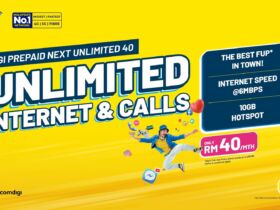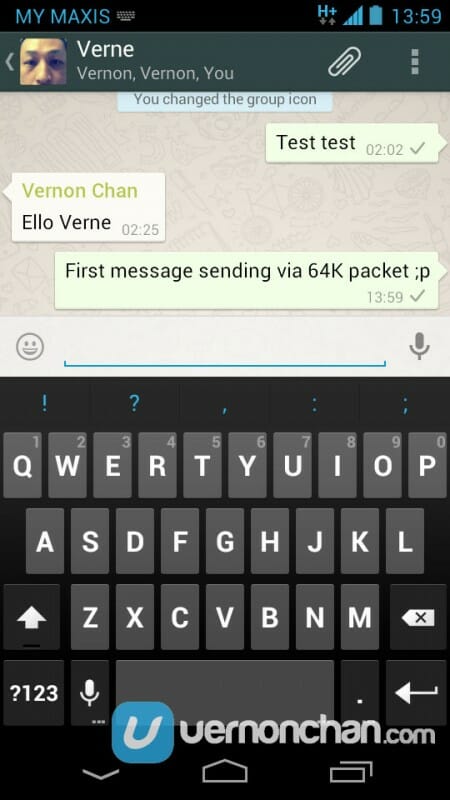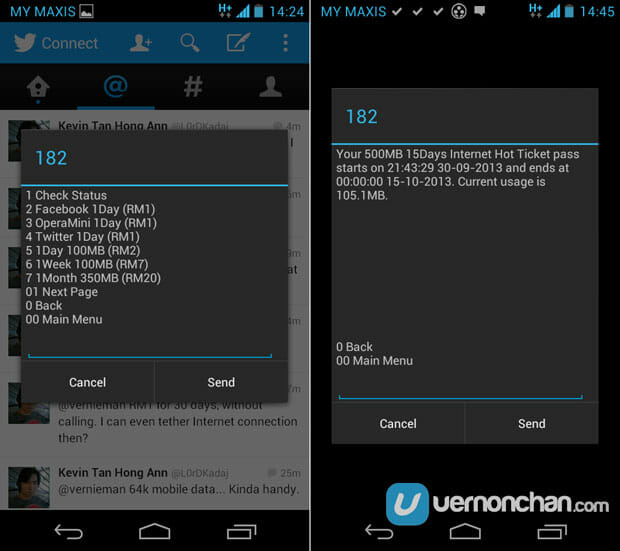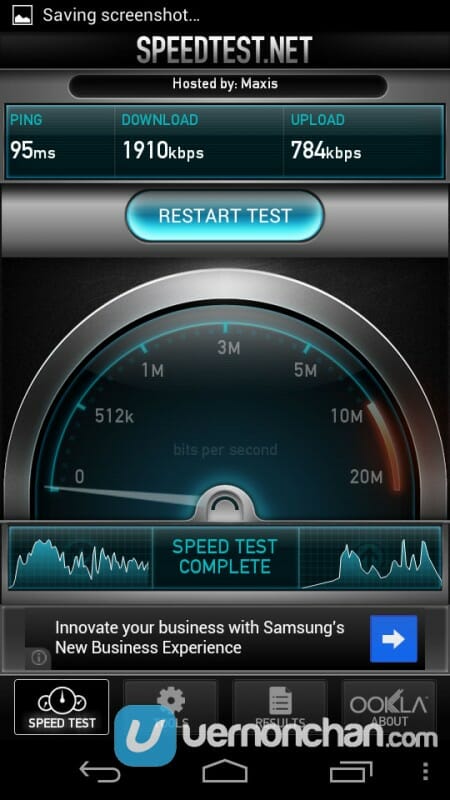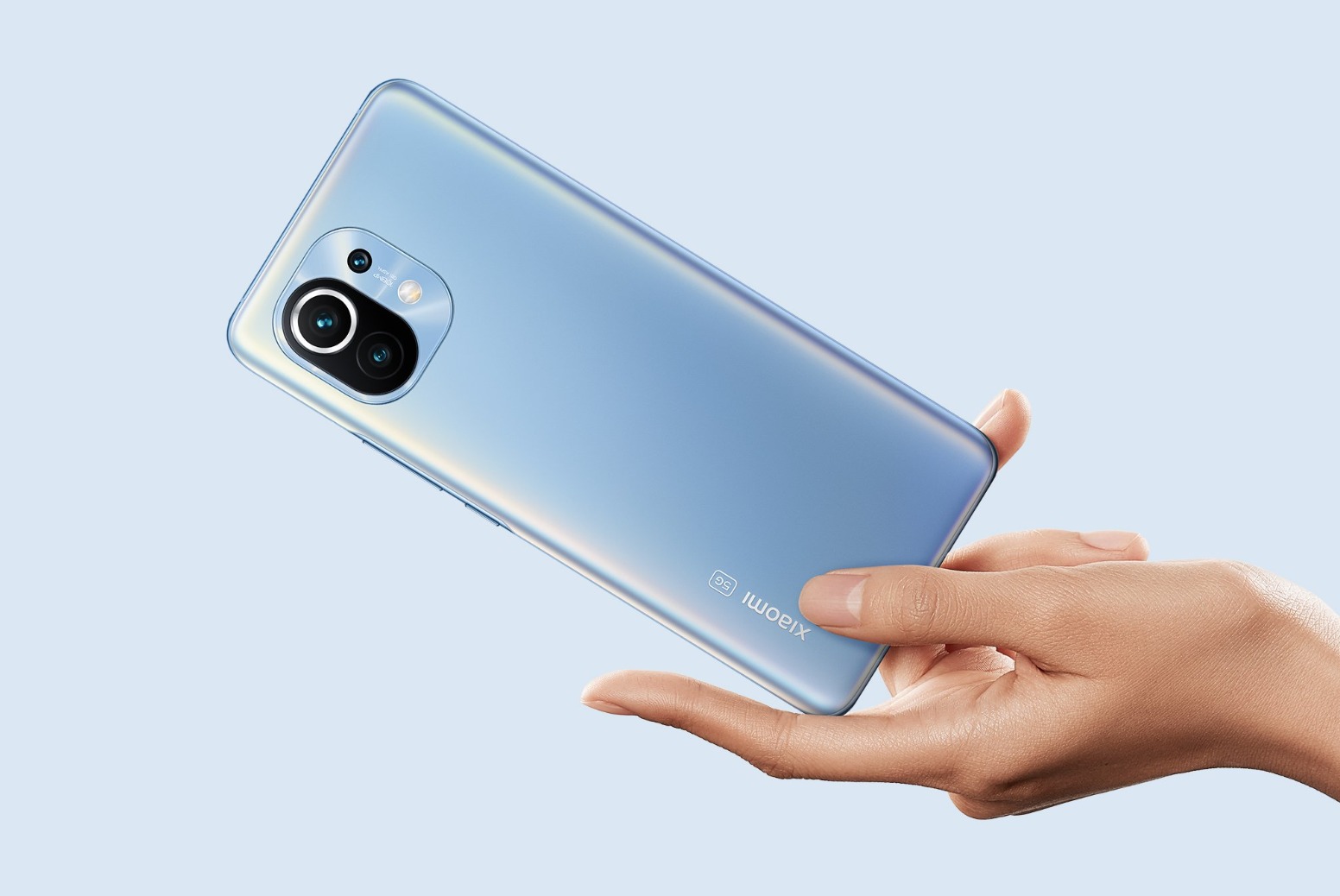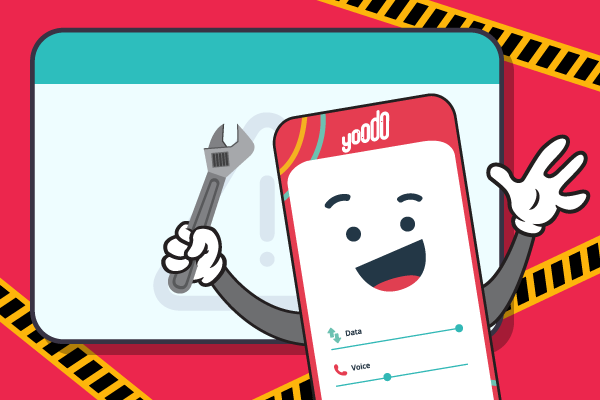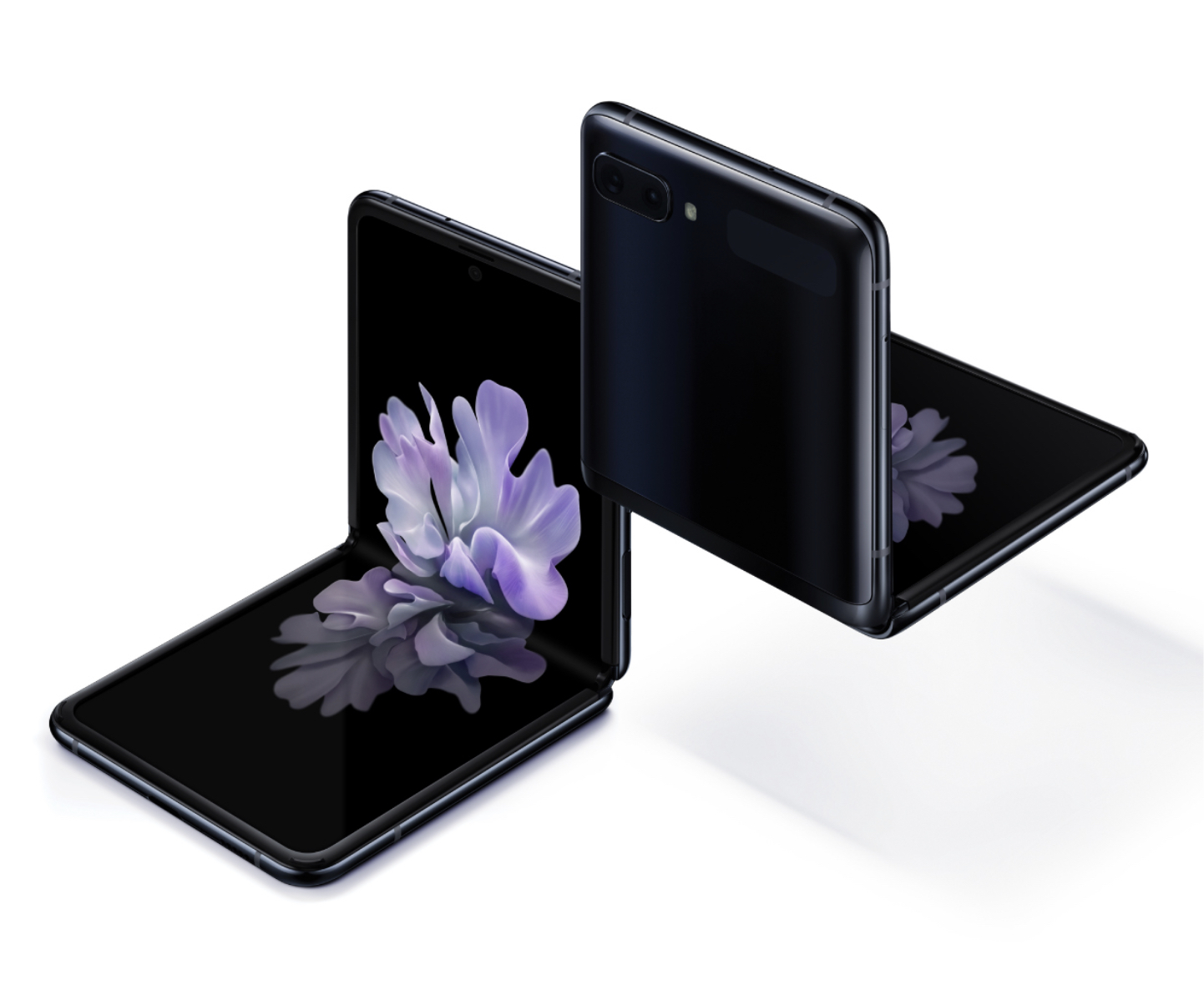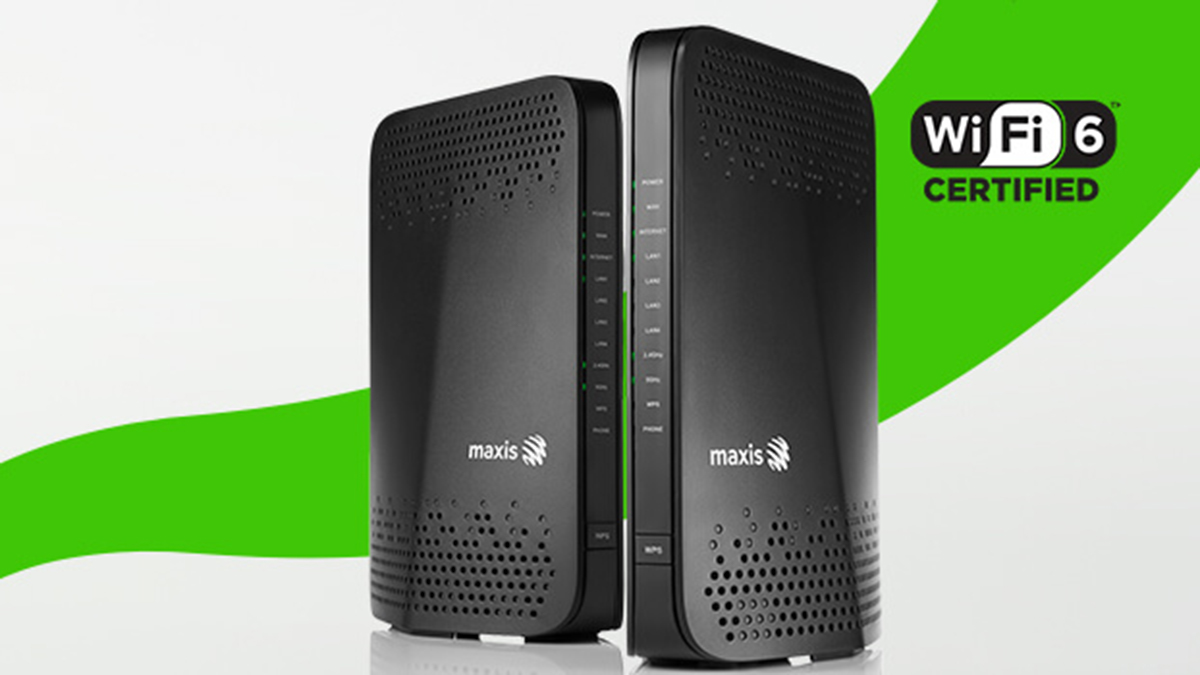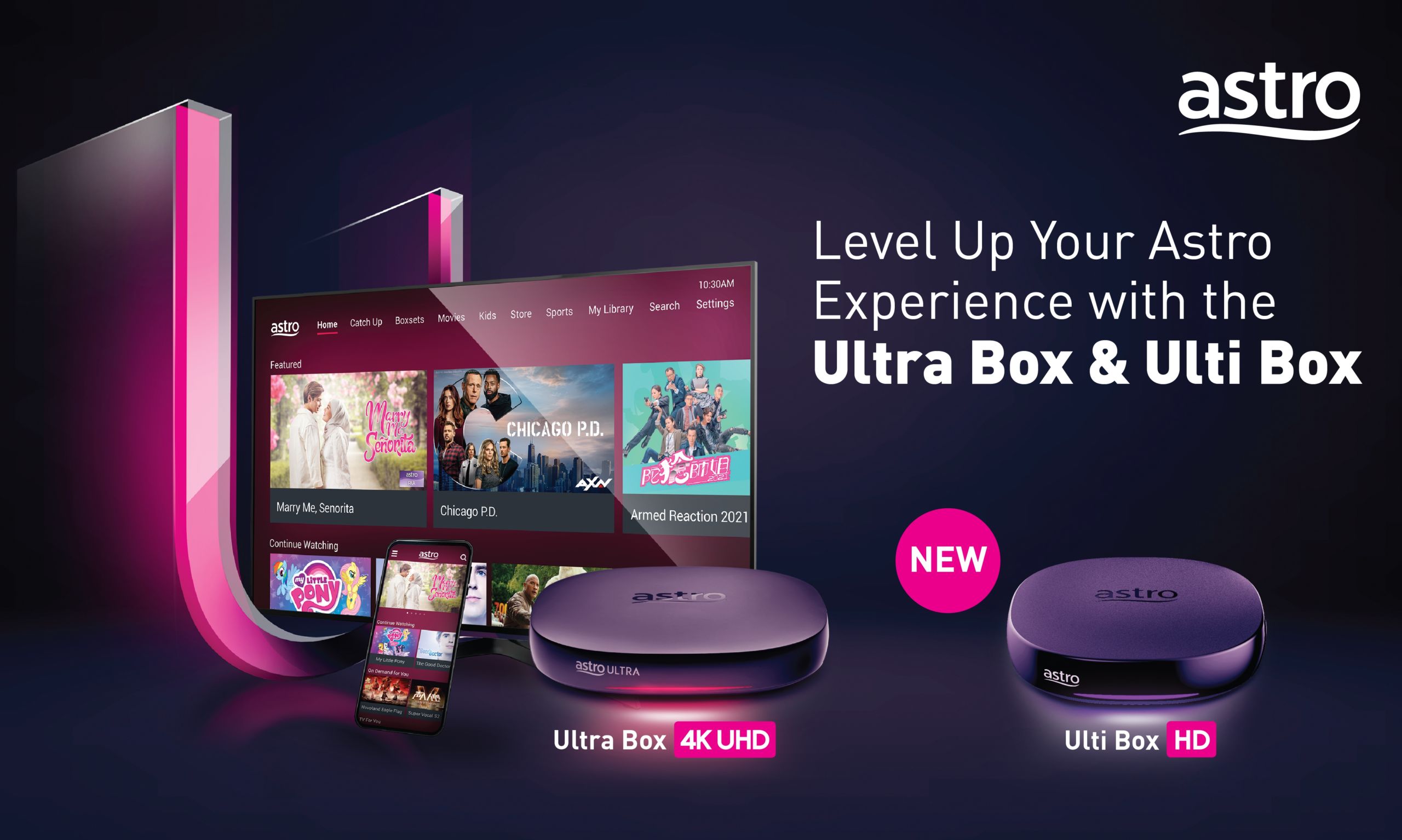Just several weeks ago, Maxis unveiled the new #Hotlink, a re-think and re-boot of its prepaid service. The new #Hotlink is the nation’s first and only prepaid plan that gives users continuous free basic internet. Yes, free internet. Anytime, anywhere. I took the new prepaid plan to the test.
What’s free basic internet?
Free basic internet simply means throttled data access that covers popular apps like WhatsApp, Facebook, Twitter and Google. As long as the prepaid plan is active, users get free basic internet access at 64Kbps. There are caveats, which we’ll explore in a bit.
What else?
The new #Hotlink offers low flat rates of 12 sen per 30 seconds for voice calls and 7 sen per SMS to ALL networks.
The prepaid plan also rewards users with 8% free airtime every 2 months, based on users’ cumulative top-up amounts. Not only that, users’ stand to gain other rewards via the new Hotlinks Rewards Program.
#Hotlink also offers the lowest IDD rates with IDD132 to Top 10 countries.
The new #Hotlink also supports data roaming to other countries although a minimum credit balance of RM10 is required.
Users can opt to subscribe to Mobile Internet Passes which provide flexible Daily, Weekly or Monthly data plans. With these passes, users will enjoy high speed mobile internet access of up to 42Mbps.
How much is the new #Hotlink plan?
A Starter Pack sets you back just RM8.80, that includes RM5 preloaded airtime. You get a 5-day active period upon activation and an additional 50-day de-active period.
Free basic internet tested
So, I obtained a #Hotlink Starter Pack from Maxis to test. Just like any other prepaid service, you’ll need to have it activated with a valid IC or passport (if you’re a foreigner). Unfortunately, this cannot be done online, so I couldn’t get it activated until the next day when I stepped into a Maxis Centre. It took just five minutes to register and activate, and away I went.
Now the goal of the review was to see how I’d cope with basic internet speeds of 64Kbps, and how long I’d last without reloading. Also, the difference in performance and usability when subscribed to a Mobile Internet Pass for unthrottled access.
Hello, Hotlink
After plugging in the MicroSIM into my Motorola RAZR i review phone, I immediately received several SMSes from Maxis – first welcoming to the new service, then phone settings for MMS and data. It was also nice to see that I was in HSPA coverage area (though I’d only enjoy a fraction of that speed).
The first thing I did was to fire-up Speedtest to test the initial speeds. And sure enough, a paltry 64Kbps.
I also fired up three most used mobile apps – Facebook, Twitter and WhatsApp to see how 1997 speeds cope with social networks.
Here’s the honest truth. For normal status updates on Facebook, tweets and WhatsApp messages, you’d be hard-pressed to tell any substantial difference in delivery. 64Kbps, while minuscule by today’s high speed standards, is sufficient for ‘basic’ social networking and chat. Loading a basic Google search page is instant too.
Things change however when you need to post images on Facebook and Twitter, or images/voice/video on WhatsApp. It can be painful. Forget Instagram, too.
Zero credit, not zero connectivity
But wait, that’s not the point. The point is that even when you run out of credit, you’ll still be connected. You’ll still be able to do social networking, chat and surf basic webpages without being completely cut off.
With widespread Wi-Fi connectivity around most major areas in Malaysia, there’s also no reason why one can’t log-on to the nearest Wi-Fi hotspot for higher speed data, whilst keeping the basics operational.
I lived on the RM5 stock credit from the Starter Pack for several days, doing my daily Facebook, Twitter and WhatsApp, as well as light browsing on Chrome. I logged on to any Wi-Fi hotspot I could when I needed faster data. So far so good.
#Hotlink, turbocharged
With the Mobile Internet Pass option, I’d have the ability to go full speed for just RM1/day. Maxis had supplied me with a 15/day Internet Pass with 500MB data. I got this activated, and sure enough, everything, and I mean everything sped up.
Having an Internet Pass means I’d have the data quota in hand, without paying Pay-Per-Use charges on my main credit. If you’ve used other prepaid plans like Yes 4G, U Mobile or P1 4G, you’d be quite familiar with the concept.
The Mobile Internet Pass is rather flexible. You can choose to go on a daily basis at RM1/day, Weekly 100MB, Monthly 350MB/1GB/3GB.
Unfortunately, only HSPA+ speeds and no 4G LTE, although Maxis has hinted that this will come in the near future.
For general questions on #Hotlink, visit the #Hotlink FAQ page.
The Bottomline
The new #Hotlink is for anyone looking for a low-cost entry to a basic mobile service, and mobile internet. Sure, other telcos also offer super cheap start-up packages but the key advantage of #Hotlink is that you will still remain connected even when your credit runs out. This is quite a game-changer, and not yet seen in the local telco scene.
64Kbps isn’t a lot. In fact, it’s unfathomable in the era of 100Mbps 4G LTE and the likes. But before power users scream anarchy, think about it. Better to be always on, always connected, than not at all.
Data hungry prepaid users, like myself, can easily and inexpensively opt for a Mobile Internet Pass from as low as RM1/day to enjoy high-speed internet and rest assured that you don’t get completely cut off when your quota or credit runs dry.
After over a week, a quick check reveals I still have RM4.86 of credit, and approximately 200MB of data left. This is attributed to me logging on to Wi-Fi whenever available. Of course with the Mobile Internet Pass I could enjoy regular data speeds when Wi-Fi wasn’t available, so I wasn’t too concerned.
So, looks like I’ll keep the #Hotlink SIM and number. You may want to give it a shot too if you’re looking for a second number or looking to move from a postpaid.
The new #Hotlink. Tried. Tested. Survived.



